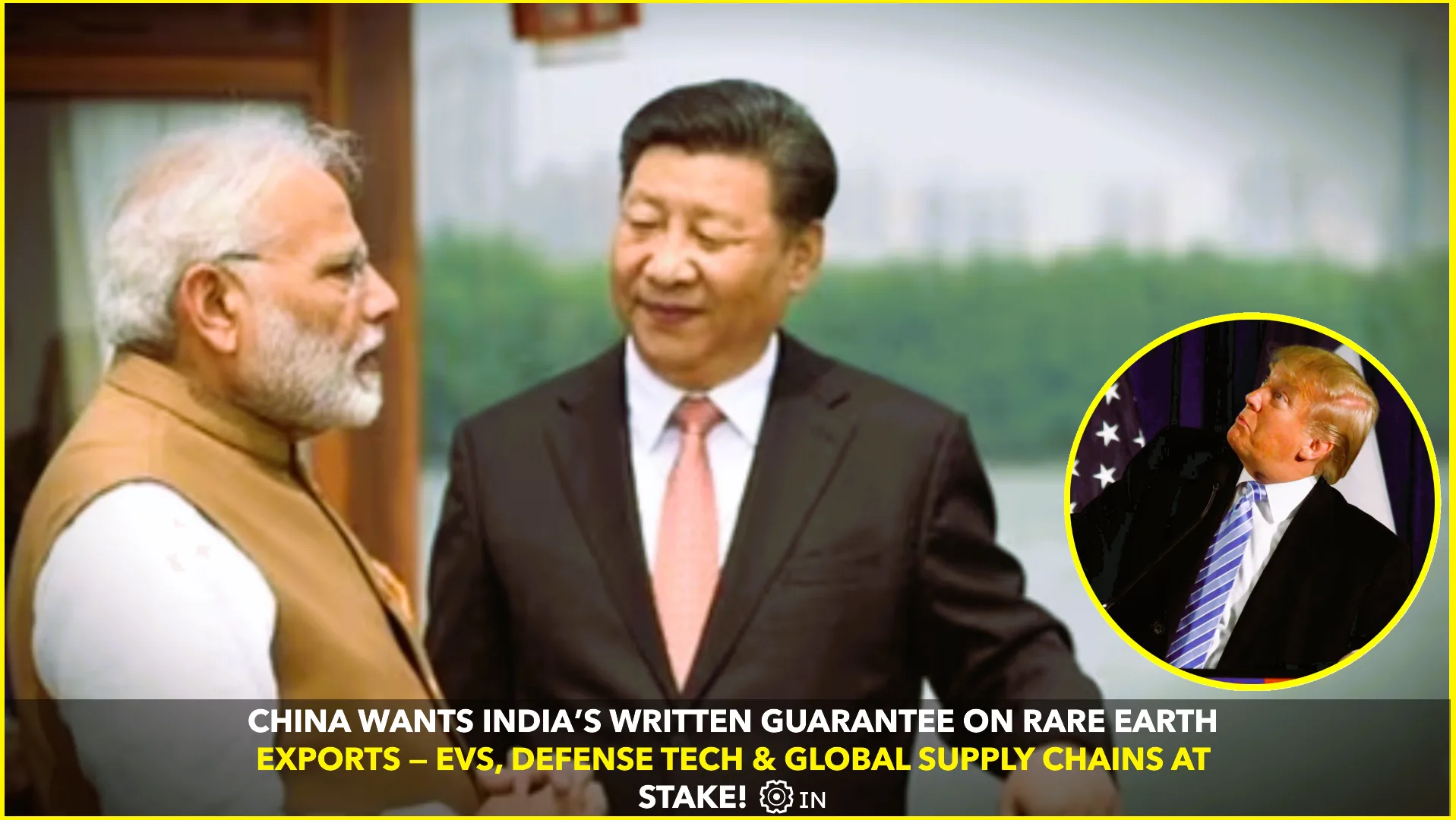SILVER SHORTAGE SHOCK
India’s biggest precious-metals refinery, MMTC-PAMP India Pvt., has completely run out of silver for the first time in its history — a clear warning sign of how fast demand is outpacing supply. According to Bloomberg, this unprecedented shortage has triggered panic among traders and bullion dealers across the country, highlighting how fragile the silver supply chain has become.
The refinery, which plays a major role in India’s precious-metals processing, revealed that the current market conditions are unlike anything seen before. The head of trading described it as “a kind of crazy market” and said it’s the first time in his 27-year career that silver has run dry.
WHY INDIA’S SILVER STOCKS ARE DRYING UP
India’s silver demand has skyrocketed in recent months. As per Reuters, the festive season, led by Dussehra and Diwali, has sharply boosted consumer demand for silver jewelry, coins, and bars. Meanwhile, investors are increasingly turning to silver as a cheaper alternative to gold, which has hit record highs.
But there’s a deeper issue — Livemint reports that global silver production has failed to keep pace. Most of the world’s silver is mined as a by-product of other metals like copper and zinc, making it difficult to ramp up production quickly when demand spikes. The result: tight supplies and longer delivery delays across major trading hubs.
To make matters worse, The Times of India noted that premiums on physical silver in India have surged far above international prices — a clear indication of scarcity. Traders are now paying several dollars more per ounce just to secure limited stock.
GLOBAL MARKET FEELS THE HEAT
The silver crunch in India has created ripples beyond its borders. According to MishTalk, the shortage has even affected the London silver market, one of the main centers for global silver trade. Some international banks reportedly told clients they were unable to supply silver for Indian deliveries this month — an extremely rare situation.
This squeeze has made the London market “all but broken,” with traders struggling to find physical metal to meet global orders. Such bottlenecks have raised fears of a global silver supply crisis.
PRICES SET TO CLIMB
Analysts believe the current supply-demand imbalance will likely push silver prices higher in the coming weeks. As Bloomberg explains, both industrial and retail demand are soaring — and this dual-pressure environment could create sustained upward momentum in prices.
Silver is not just a precious metal; it’s an industrial necessity. With its use in solar panels, electronics, and electric vehicles, the world’s shift toward renewable energy is further intensifying demand. But with mining output limited, traders expect silver prices to stay volatile and trend upward for the rest of the year.
WHAT COMES NEXT FOR INDIA
Experts are watching several key indicators:
- Imports: India depends on imports for over 80% of its silver. If shipments increase in the coming weeks, the local crunch might ease.
- Festival Demand: Diwali and wedding season are likely to fuel continued buying, keeping domestic stocks tight.
- Premiums: High premiums often act as early signs of broader market stress. If they persist, it could mean shortages are spreading globally.
According to Livemint, refiners and traders are scrambling to source silver from alternative suppliers, but transportation delays and logistical bottlenecks are limiting relief.
FINAL OUTLOOK
India’s silver squeeze marks a historic moment in the global bullion market. For the first time, the country’s largest refinery has no silver to process — a situation that underscores both rising consumer confidence and global production limits.
With industrial demand surging worldwide and local demand peaking during the festive season, silver prices are expected to face upward pressure for weeks, if not months, ahead. Analysts warn that this could just be the beginning of a prolonged phase of tight supply in precious-metals markets.










